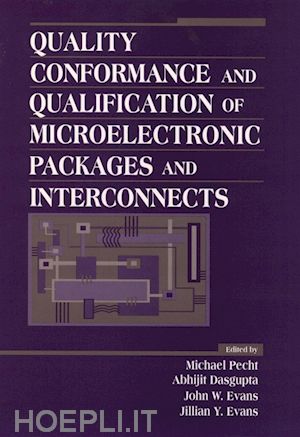All packaging engineers and technologists who want to ensure that they give their customers the highest quality, most cost-effective products should know that the paradigm has shifted. It has shifted away from the MIL-STDs and other government standards and test procedures that don't cost-effectively address potential failure mechanisms or the manufacturing processes of the product. It has shifted decisively towards tackling the root causes of failure and the appropriate implementation of cost-effective process controls, quality screens, and tests. This book's groundbreaking, science-based approach to developing qualification and quality assurance programs helps engineers reach a new level of reliability in today's high-performance microelectronics. It does this with powerful techniques for identifying and modeling failure mechanisms earlier in the design cycle, breaking the need to rely on field data; physics-of-failure product reliability assessment methods that can be proactively implemented throughout the design and manufacture of the product; and process controls that decrease variabilities in the end product and reduce end-of-line screening and testing. A wide range of microelectronic package and interconnect configurations for both single- and multi-chip modules is examined, including chip and wire-bonds, tape-automated (TAB), flip-TAB, flip-chip bonds, high-density interconnects, chip-on-board designs (COB), MCM, 3-D stack, and many more. The remaining package elements, such as die attachment, case and lid, leads, and lid and lead seals are also discussed in detail. The product of a distinguished team of authors and editors, this book's guidelines for avoiding potentialhigh-risk manufacturing and qualification problems, as well as for implementing ongoing quality assurance, are sure to prove invaluable to both students and practicing professionals.











